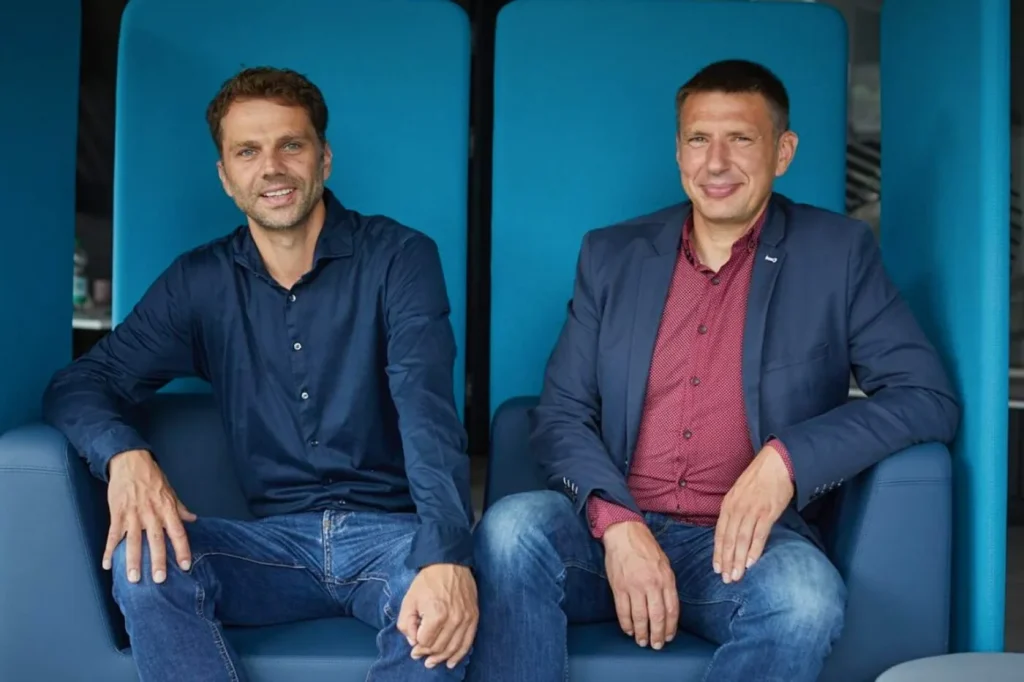The technology startup NorcSi from Halle an der Saale has successfully completed another round of financing worth 10.7 million euros. Among other things, the investments will go towards setting up a production line for anodes made of pure silicon.
According to a company statement, NorcSi considers itself “the world’s first player to transition from pre-series production of individual anodes to automated production of pure silicon anodes using an industrial roll-to-roll process.” The establishment and operation of such a production line would therefore be a major step forward not only for the company but also for the European battery industry. Especially since NorcSi claims to have solved one of the major challenges of silicon anodes with its process, more on that in a moment.
According to NorcSi, the €10.7 million in the financing round was provided by three investors. Existing investors Millennium Venture Capital AG and IBG-Risikokapitalfonds IV, managed by bmp Ventures AG, participated, and European Battery Research Institute GmbH came on board as a new investor. How the sum is distributed among the three investors is not explained.
The potential of silicon as an anode material is undisputed – NorcSi boldly claims that the use of silicon as an anode will “revolutionise the battery world.” One thing is clear: due to its atomic structure, silicon can absorb up to ten times more lithium ions than graphite, the currently common anode material, which means higher energy density and thus greater range in electric cars with the same battery size. In addition, batteries with silicon anodes can be charged more quickly, and due to the global availability of the material (unlike graphite, where China dominates the supply chains), NorcSi believes silicon has the potential to reduce costs. Since less raw material is required for the same battery capacity, resource efficiency also increases.
NorcSi process aims to solve several problems at once
NorcSi provides a clear example of the figures in its announcement: a ‘medium-sized electric vehicle’ with an 80 kWh battery has a range of around 560 kilometres, and the battery can be charged from 20 to 80 per cent in 26 minutes. The use of silicon is expected to nearly double the battery’s capacity to 145 kWh while maintaining the same size, which would increase the range to 1,016 kilometres. Thanks to its 6C charging capability, such a silicon-based battery could be charged from 20 to 80 per cent in just six minutes. And since the material requirements are lower despite the higher energy content, the battery should also be cheaper.
The fact that silicon anodes or anodes made from a silicon-graphite mixture have not yet become established outside of a few premium electric cars is due to one critical property: durability. Silicon expands significantly during charging and contracts again during discharging. This change in volume impairs the mechanical stability of the anode. According to its own statements, NorcSi has patented a technology that can stabilise the aforementioned change in volume during charging and discharging “in a cost-efficient manufacturing process.” “NorcSi relies on the coating and tempering of copper foils with silicon in a continuous process in which high-performance flash lamps create a unique nanostructure that forms a stable bond between copper and silicon,” the company wrote.
This process is therefore not only intended to control the previously critical volume change, but also to enable roll-to-roll production. This is crucial for cost-effective production and use in the large-scale manufacture of battery cells based on rolls of foil containing the respective materials. Until now, the company has been producing its pouch cells for testing purposes on a laboratory scale in the city of Halle, Germany.
The plant currently under construction, with a roll width of 400 millimetres, will produce anodes for initial high-performance applications and field tests in car batteries. It is being built in a new extension to the Innovation Hub at the Weinberg Campus in Halle and is scheduled to go into operation in spring 2026 to supply partners from the battery and automotive industries.
NorcSi was founded in 2020 by Udo Reichmann and Marcel Neubert. However, the idea dates back to a research project in 2013 that was based at the Helmholtz Centre Dresden-Rossendorf (HZDR) and the Technical University Bergakademie Freiberg (TU Bergakademie Freiberg). NorcSi and TU Bergakademie Freiberg continued to collaborate later on, for example, in a feasibility study on roll-to-roll production using industrial machinery.
norcsi.net

